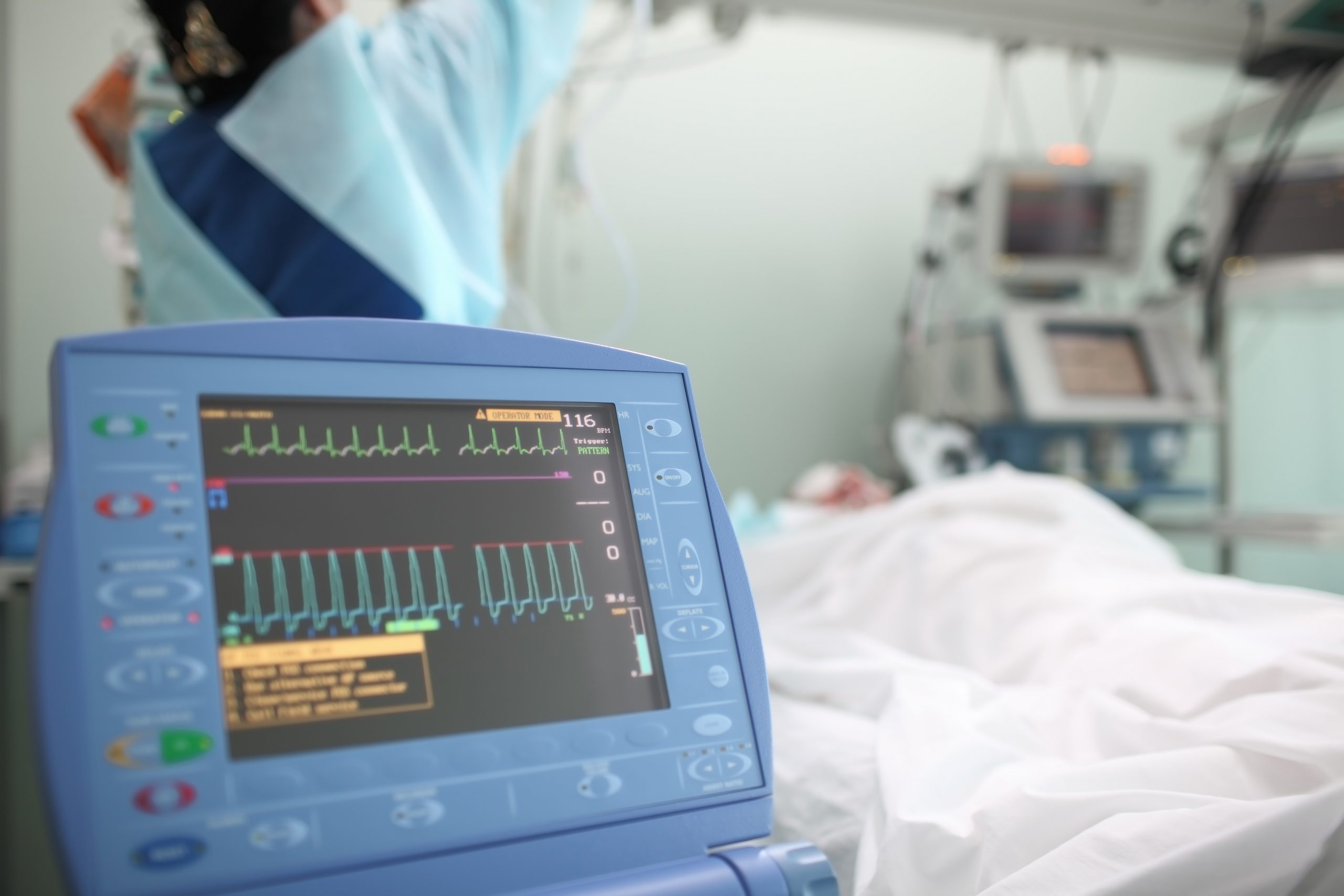
Despite demonstrating positive outcomes, continuous EEG monitoring (cEEG) remains underutilized. A December 2018 article in Neurology Today suggests that cEEG is associated with lower in-hospital mortality among critically ill patients but remains underused due to equipment costs and a lack of qualified personnel. Advances in technology and staffing models make cEEG monitoring more accessible. Here are five real-world benefits of cEEG monitoring in critical care:
1. Detection of NCSE and brain ischemia
Non-convulsive status epilepticus (NCSE) is common in ICU patients, and represents a treatable emergency associated with high mortality. cEEG offers the quickest and most reliable method of confirming the presence of non-convulsive seizures or NCSE. It also helps to identify secondary injury, for instance ischemia following head trauma or subarachnoid hemorrhage.
2. Faster treatment = improved outcomes
It’s not the detection of conditions alone that make cEEG useful, but the timeliness of the diagnosis that can inform rapid treatment. The prompt detection of NCSE permits treatments that likely reduce morbidity and mortality associated with NCSE.
The Neurocritical Care Society Status Epilepticus Guidelines has asserted that patients with NCSE treated and resolved within 10 hours had only 10% mortality compared to 85% mortality if seizures continued longer than 20 hours.
A study from the Children’s Hospital of Philadelphia concluded that, “Streamlined critical care EEG monitoring workflow significantly reduced the duration from electrographic seizure onset to anti-seizure medication administration. Additionally, our data suggest that seizures may cease more often when the initial anti-seizure medication is administered more rapidly.”
3. Monitoring efficacy of treatment
Continuous EEG Monitoring is recommended for tracking patient’s response to treatment for seizures and status epilepticus. Continuous monitoring confirms when NCSE and seizures have ceased and the absence of seizure recurrence. Because it identifies seizure activity in patients with altered mental status, cEEG aids in documenting response to treatments.
In one article, the authors noted more than 38% of patients had a change in their antiepileptic drug management, stating, “cEEG monitoring had a relatively high yield of event/seizures … and impact on management.”
4. Assist clinicians and family members in ongoing treatment decisions
EEG monitoring is recognized as a useful adjunct in assessing the long-term prognosis for patient’s recovery following ischemic brain injury, helping clinicians and family members make more informed treatment decisions for patients facing a high mortality rate. Burst suppression patterns are almost always associated with poor chances of neurologic recovery
On the other hand, data from cEEG can also indicate some patients will have a more positive outcome than previously expected without that information. Up to 20% of comatose patients that demonstrate EEG reactivity have regained consciousness.
5. Advantages for facilities
cEEG monitoring can have a positive impact on risk management. As cEEG is more commonly deployed and additionally shown to provide tangible impact, not utilizing cEEG in appropriate patient cases could increase the risk of malpractice litigation. Of the 300 neurologic lawsuits requiring a pay out in 2004, mismanagement of seizure ranked fourth on the list of most common causes.
Concerns that EEG monitoring is too expensive need to be assessed within the total cost of care. When considering the cost of cEEG, physicians from UCLA presented an assessment on the costs of cEEG monitoring. It estimated that “performing cEEG saved money by shortening intensive care unit length of stay particularly in patients found to have nonconvulsive seizures. This savings more than offset the overall cost of performing cEEG.”
Conclusion
The benefits of implementing a cEEG program in your facility include:
- Identification and timely treatment of NCSE and brain ischemia
- Enhanced clinical management
- Improved prognostic evaluations and
- Appropriate risk management
Creating an effective cEEG monitoring program does require investments in equipment and manpower. But staffing limitations can be mitigated by the availability of remotely monitored cEEG. Firms such as CortiCare solve the issue of staffing needs by providing around-the-clock technologists to monitor and neurophysiologists to interpret readings.
As cEEG grows more accessible and is utilized appropriately, patients with altered mental status in the Critical Care Unit can be managed more effectively.

